-- Gray County Wind Farm
--
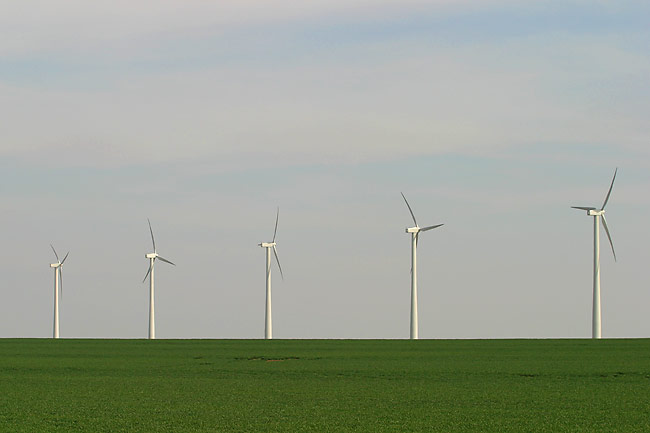
A few of the 170
wind turbines powering approximately 33,000 Midwestern homes
(generating
capacity of 110 megawatts)
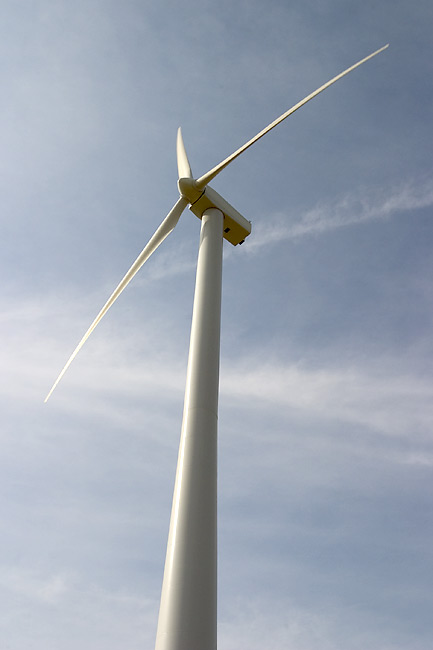
These large
turbines operate when wind speeds are between 7-56 mph (11-90 kph)

These towers are
217ft (66m) high, the turbines are 77ft (23m) long and weigh 3,300
lbs (1,500kg) each
-- Monument Rocks --
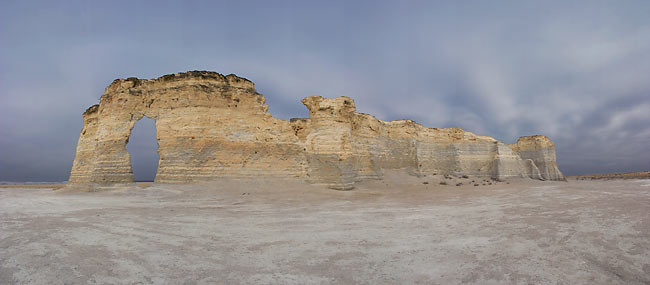
(Click for enlargement)

(Click for enlargement)
These rocks are
approximately 70ft (21m) tall and were formed by layers of
sediment when much of Kansas was covered by a great sea
approximately 80 million years ago. These amazing formations have
stood the test of time so far and have survived while the
surrounding rock has eroded away.
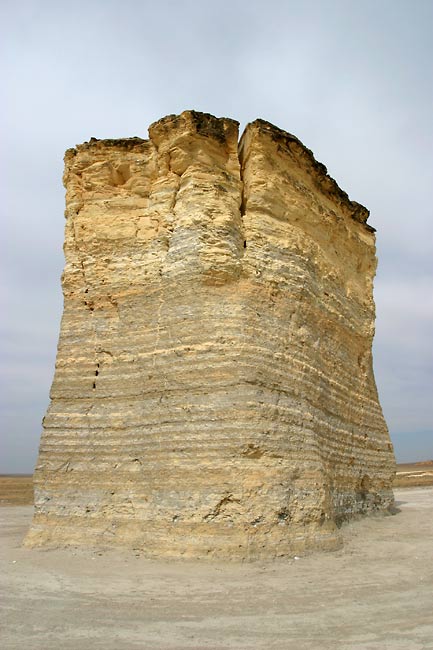
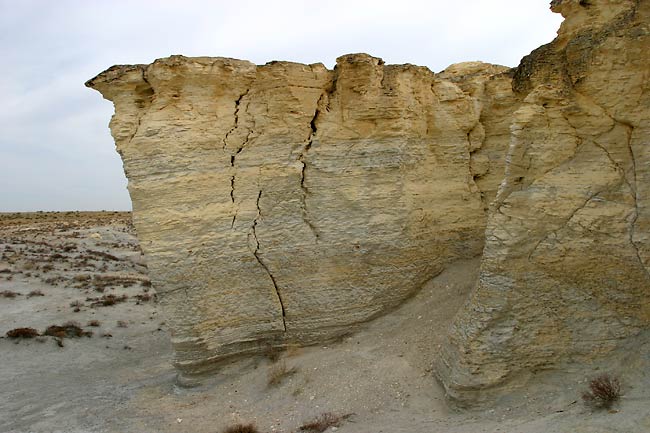
Some of these large
cracks make you wonder how long some of these rocks will last

Horned Lark
-- Castle
Rock --
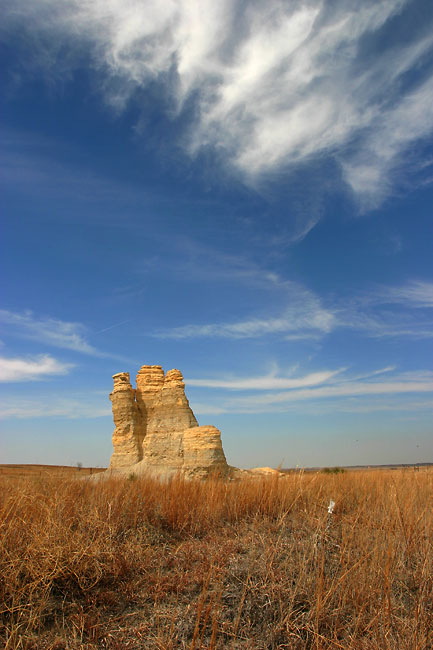
Castle Rock

View of Castle Rock
and the surrounding landscape from a unique hillside to the south
(Click for enlargement)
Castle Rock is an
amazing little rock formation that has stood the test of time for
many years. Just in 2001, however, a thunderstorm brought an end
to the highest pinnacle of Castle Rock. It now rests in a large
pile of rubble on the backside of the formation. Seeing how Castle
Rock protrudes from the often flat landscape makes it easy to
understand why this has been a western Kansas destination ever
since wagons first rolled across this area.
-- Cathedral of the Plains
--
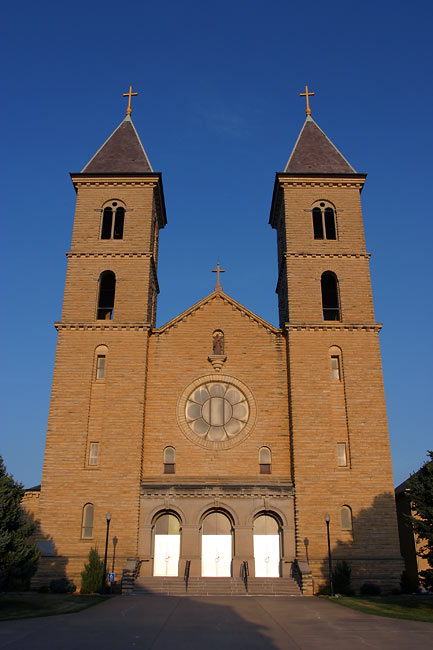
The outside
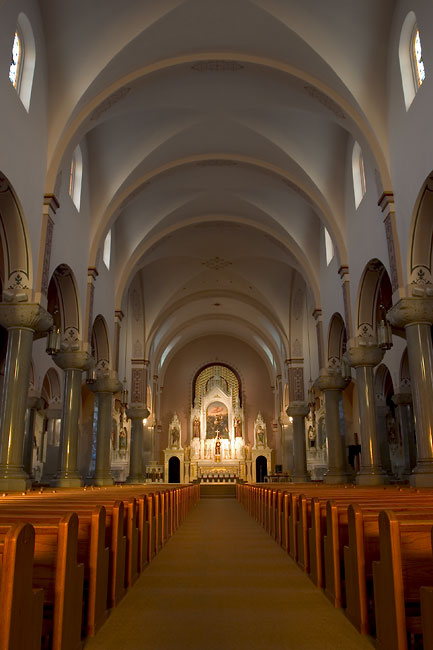
The inside
St. Fidelis
Catholic Church sits in the small town of Victoria, KS. It is
really just a short distance from large fields of wheat. This
marvelous structure was started in 1908 and was completed in 1911
by a community with deep German-Catholic roots. It seats
approximately 1,100 and was once the largest church west of the
Mississippi River. The church includes 17 million pounds of native
limestone and was quite a feat to build without the assistance of
vehicles and other modern equipment.
Spotlight Archive